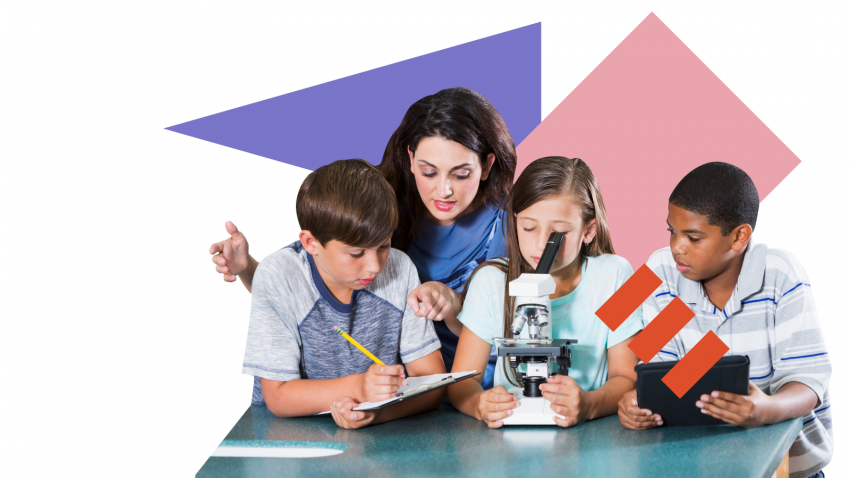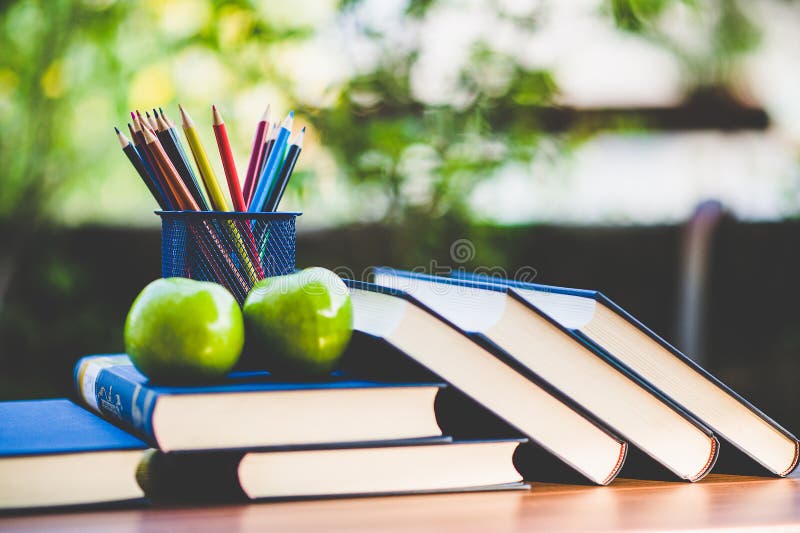Great Facts On Deciding On Italian Nursery Teaching Support
Wiki Article
What Books, Including Textbooks, Are Compulsory In Italian Kindergartens?
Italian preschools are often based in a playful environment and don't use workbooks or textbooks. But books can be a useful tool for supporting language development in children, and also encouraging their love of reading. Picture books are ideal for developing children's imagination, vocabulary, and love of reading. They feature colorful illustrations and simple text.
Board books: Boardbooks are thick, sturdy books that are intended for young children who are just beginning to learn to hold the book. They can be used to expose your child to a variety of topics like animals, colors shapes and numbers.
Nursery rhymes: Kids may learn social skills, language skills, and memory abilities through nursery rhymes. Italian nursery schools can utilize nursery rhymes and song books for their routine activities as well as in circle time.
Books on diversity and inclusion: It is important for young children to learn about diversity and inclusion at an early age. Books with characters that come with diverse backgrounds, cultures, and abilities can help children develop empathy as well as understanding and respect for others.
Italian Language Books: Italian preschools may use books in Italian to aid their children in developing their language skills and learn the Italian language. These books could include simple tales pictures books, as well as books with Italian nursery rhymes and songs.
It is essential to select books that are appropriate for children of the age group, engaging and culturally relevant for the children attending the nursery school. Teachers and caregivers can use books to help children explore new topics and themes. Check out the top rated schede didattiche italiano sostegno for blog tips.

What Is The Most Effective Maths Support Material To Teach With For Italian Kindergartens?
In Italian nurseries, maths teaching materials can be used to develop children's spatial, numerical, and problem-solving skills. A few examples of support required for teaching materials in mathematics include: training for teachers and caretakers: Teachers as well as caretakers may require training on how to incorporate mathematical concepts into their daily activities, and also how to make use of mathematics teaching materials.
Curriculum and Lesson Plans Curriculum and lesson plans that are well-designed and include math concepts will allow children to be exposed to a wide array of math concepts as well as capabilities.
Manipulatives and visual aids Manipulatives like counting bears, blocks, and beads, as well as visual aids such as posters and charts can help youngsters learn mathematical concepts in a a hands-on and visual way.
Technology-based Aids Technology technology-based aids such as tablets loaded with math games or apps that can be educational, are able to engage and inspire children. They also offer additional resources to help them develop.
Assessment tools: Parents and teachers are able to use assessment tools to track the progress of children and find areas that could require additional support.
Parents can participate in math learning: Participation of parents in math education can strengthen the concepts taught in nursery and also encourage family involvement in the process of learning.
It is vital that the materials used in teaching math to young children is appropriate for their age. Teachers and caregivers can make use of this material to create exciting and enjoyable math activities which encourage children's love of learning and curiosity. Have a look at the top rated sostegno inglese for more info.

What Materials And Resources Are Required In Italian Kindergartens For Teaching Science?
The use of science teaching material in Italian nurseries is an excellent way to encourage young children to discover and explore the world all around them. Here are some examples of the assistance of science-based teaching material that could be needed The following are lesson plans and curriculum: A well developed program and lesson plan that integrates the concepts of science could help introduce children to a vast range scientific concepts and skills.
Manipulatives (and visual aids): Manipulatives, such as magnifying spectacles, nature specimens, simple science experiments kits, and charts and posters, can aid in teaching children about scientific concepts using a hands-on, visual approach.
Books and videos. Books that feature scientific subjects, such as animals, plants, weather and space, are fantastic for children to be entertained and provide additional resources.
Outdoor learning spaces Playgrounds and gardens provide children with the opportunity to discover and understand the natural world.
Parents can get involved in learning about science: Engaging your parents in this field can help reinforce the concepts you learnt in your nursery. It will also involve the entire family in learning.
Assessment Tools: Assessment tools are helpful for caregivers and teachers to track children's development and determine areas in which needing additional assistance.
It is vital that all materials for teaching science are age-appropriate and suitable for children of all ages. These materials can be used by teachers and parents to develop fun, engaging science projects that encourage children's enthusiasm for learning and curiosity. Follow the recommended schede didattiche scienze for more advice.

What Kinds Of Geography Resources Are Appropriate For Italian Kindergartens?
Italian nurseries are able provide children with geography education material that can help them develop a better knowledge of the world around them and also teach them about other cultures and environments. Here are a few examples of teaching materials for geography which may be required: Maps: Maps can aid children in understanding the geography of various nations and regions, and the locations of various landmarks and natural landmarks.
Globes Help children see the Earth's surface and learn about the various continents and oceans.
Video and pictures Pictures and videos various locations around the world can help children understand the different cultures and help them appreciate them.
Books Age-appropriate books and feature cultures and places all over the world could help children develop a curiosity for geography.
Natural substances. Materials like shells and plants are excellent to teach children about ecosystems.
Field excursions. Children can gain knowledge about the world through hands-on learning and experiences at local parks, zoos or museums.
The resources you select for teaching geography should be age-appropriate, and also culturally sensitive. Teachers and caregivers can use these materials in order to design stimulating, interactive activities which encourage children's interest and curiosity.
